20 "Bad" Foods That Actually Lower Your Cholesterol and Protect Your Heart
Cholesterol has become a buzzword that sparks concern in kitchens across America. For decades, many of us have been taught to eye high-cholesterol foods with deep suspicion—pushing eggs aside, skipping the cheese platter, and recoiling from the occasional shrimp cocktail. But as science evolves, so does our understanding of what truly fuels vibrant health. The story of cholesterol is far more nuanced than old headlines might suggest. Today, we know your body produces cholesterol regardless of what ends up on your plate, and the connection between dietary cholesterol and heart disease is not as clear-cut as we once believed. If you’ve ever felt nervous about savoring a runny yolk or worried that your love of shellfish is steering you astray, you’re in good company. The good news? Many foods once feared for their cholesterol content are now recognized as nourishing, even protective, when enjoyed in balance. This isn’t just about facts and figures; it’s about reclaiming joy in food, tapping into cultural traditions, and giving yourself permission to savor. Let’s clear up the confusion, skip the guilt, and explore our expanded list of high-cholesterol foods—backed by research and expert wisdom—that can help you feel strong, energetic, and deeply satisfied. Here’s to making peace with your plate and discovering that nutrition is as much about pleasure and self-care as it is about numbers.
1. Eggs: Nature’s Nutrient Powerhouse

Eggs have lived under the shadow of cholesterol warnings for years, but recent science has flipped the script. One large egg contains around 207 milligrams of cholesterol—a number that once made nutrition labels feel like caution tape. Yet, for most people, eating eggs doesn’t significantly raise blood cholesterol. Your body tends to produce less cholesterol when you get more from your diet. More importantly, eggs are rich in vitamin B12, choline (essential for brain health), high-quality protein, and antioxidants. They even help boost HDL (the “good” cholesterol), supporting healthy arteries. Research consistently finds that one to two eggs each day are safe for most healthy adults, and provide a satisfying, economical source of nutrients not found together in many other foods. If you’ve skipped eggs in the past out of worry, try including them in simple breakfasts or vibrant salads. Their impressive nutrient profile makes them ideal for fueling busy mornings or powering up after a walk. Feeling nervous is natural, but eggs can be a part of a joyful, nourishing routine.
2. Shrimp: The Lean Protein Surprise

Shrimp often tops lists of foods to avoid, but it doesn’t deserve its bad reputation. A three-ounce serving delivers about 214 milligrams of cholesterol—on par with an egg—but is also loaded with lean protein, vitamin B12, selenium, and omega-3 fatty acids. The catch? Shrimp is very low in saturated fat, which means its cholesterol content isn’t as concerning for your heart as previously thought. Studies show that shrimp may slightly raise both LDL (bad) and HDL (good) cholesterol, resulting in a neutral or even positive impact on overall heart risk. Including shrimp in meals a few times each month—not deep-fried, but grilled or tossed in a salad—offers a tasty way to benefit from its powerful mix of nutrients. Plus, it’s quick to cook and fits easily into Mediterranean-style menus or classic American favorites. For many, shrimp is a chance to enjoy seafood’s perks without the worry.
3. Cheese: Full-Fat and Fermented Benefits

Cheese is often misunderstood, labeled as an artery-clogging food to be resisted at all costs. But a growing body of research says otherwise—especially for full-fat, fermented varieties like Swiss or Cheddar. One slice of Swiss contains about 20 milligrams of cholesterol and a wealth of calcium, protein, and beneficial probiotics. Contrary to old beliefs, new studies reveal that dairy fat, when part of whole, fermented products, doesn’t appear to worsen cholesterol profiles. In fact, full-fat cheese may lower blood pressure and support healthy gut bacteria. The secret is moderation and pairing it with fiber-rich foods like fruit or whole-grain crackers to support digestion and balance your plate. Enjoying a small daily serving, or adding cheese to vibrant salads, doesn’t have to jeopardize your health—relax and savor the richness.
4. Sardines: Tiny Fish, Mighty Impact

Sardines might be small, but their impact on health is mighty. With around 131 milligrams of cholesterol per 3.75-ounce can, sardines deliver a nutritional punch that far outweighs their cholesterol content. They’re an excellent source of omega-3 fatty acids, vitamin D, calcium, and vitamin B12—nutrients critical for bone health, brain function, and heart protection. Unlike large, fatty cuts of meat, sardines offer the cholesterol with minimal saturated fat and a healthy dose of anti-inflammatory oils. The result? Better triglyceride levels and improved heart health in countless studies. These tiny fish make an easy, budget-friendly topping for salads, whole-grain toast, or pasta dishes. Their flavor takes a bit of getting used to, but sardines remain a go-to for anyone looking to nourish body and mind with every bite.
5. Liver: Old-School “Superfood”
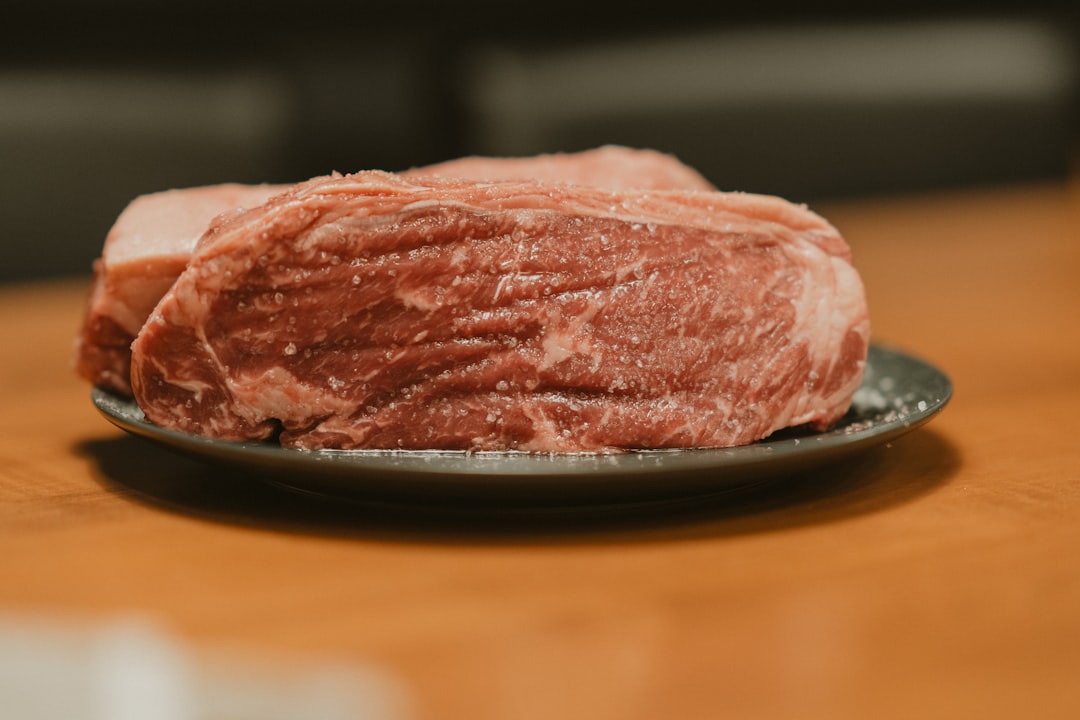
Liver has been treasured in traditional cuisines around the world for good reason. Although a one-ounce portion delivers around 150 milligrams of cholesterol, liver offers an unparalleled bounty of iron, vitamin B12, vitamin A, and the antioxidant CoQ10. These nutrients are vital for energy, immune function, and robust aging. While high in cholesterol, studies show that enjoying organ meats like liver, in reasonable amounts, can be a smart addition to a varied diet. A little goes a long way—just a small weekly serving delivers substantial benefits. Try it sautéed with onions, blended into pâté, or as a bold addition to stews. Don’t be afraid to explore this “old-school superfood”—its nutrient density is hard to match.
6. Yogurt: Creamy Fermentation Magic
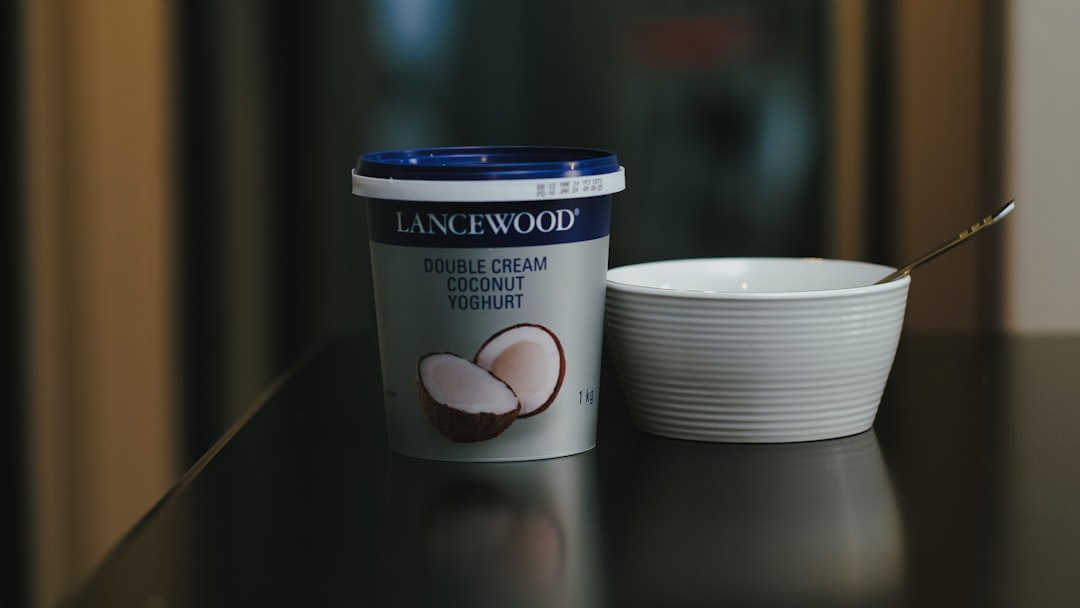
Creamy, tangy, and rich with probiotics, full-fat yogurt is another high-cholesterol food that’s winning back dietitians’ approval. One cup contains about 32 milligrams of cholesterol, along with quality protein, calcium, and beneficial bacteria that support digestion and immune health. Fermented, full-fat yogurts have been linked to reduced LDL cholesterol and lower blood pressure, even though they’re made with whole milk. The key advantage lies in the fermentation: It produces probiotics that may improve gut flora and help the body process cholesterol more efficiently. Try enjoying yogurt with berries and seeds, blending it into smoothies, or using it as a base for creamy sauces. Balance is everything—there’s no need to opt for fat-free versions if you savor the richness of real yogurt.
7. Shellfish: Clams, Mussels, Oysters
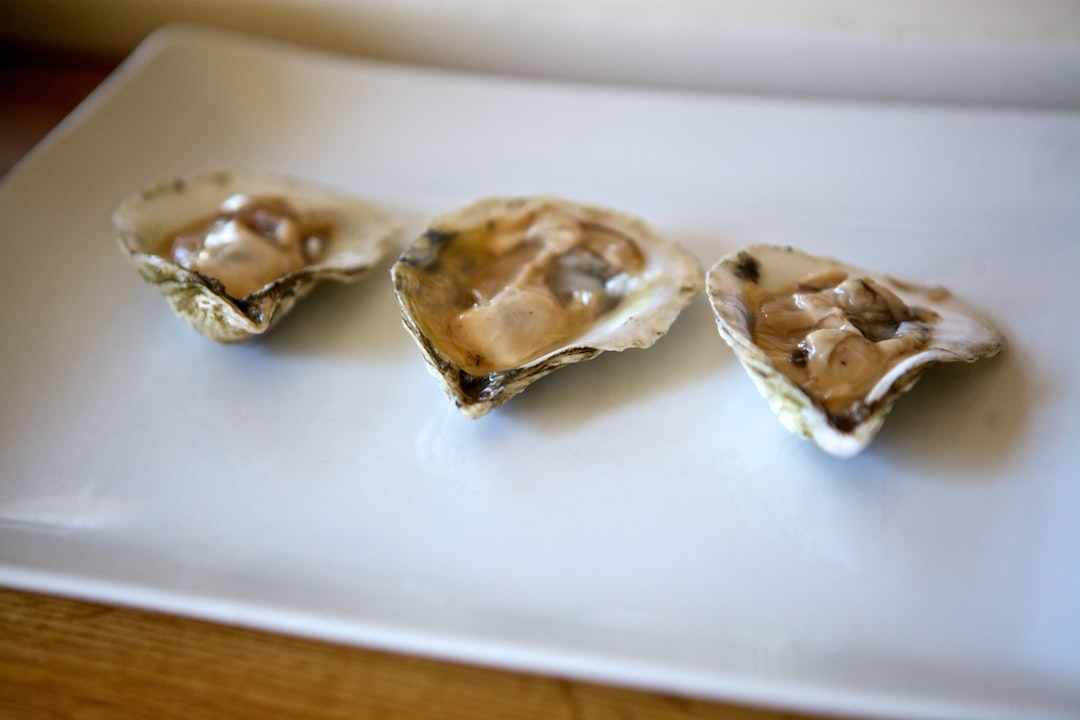
Shellfish like clams, mussels, and oysters often get a bad rap for their cholesterol levels, but context matters. A three-ounce serving of oysters brings about 85 milligrams of cholesterol, but this portion also supplies vital minerals—zinc, iron, and selenium—and omega-3s. Importantly, these foods are low in saturated fat, which is more closely linked to unhealthy cholesterol levels. Shellfish can be enjoyed not only for their mineral profile, but also for B12 and protein. Steaming them and adding to whole-grain pasta, topping salads, or simply eating raw (when safe) offers a delicious way to mix up your seafood rotation. The variety helps support your body, your palate, and your sense of adventure.
8. Duck: Flavorful, Nutrient-Rich Protein
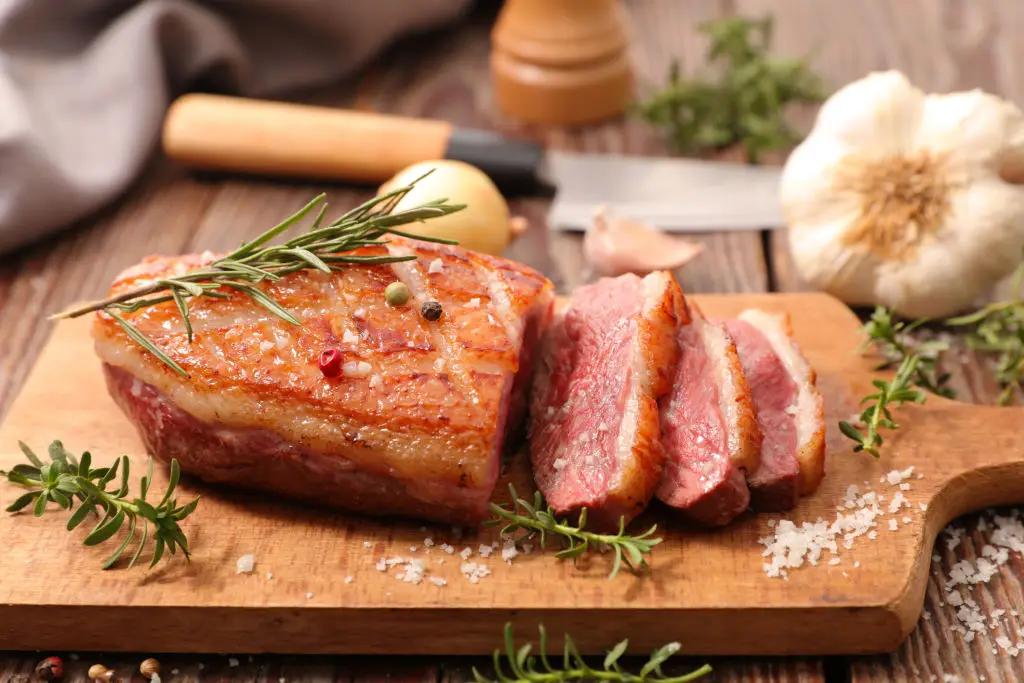
Duck is unique among poultry. Its deep flavor often makes people worry about its fat and cholesterol content, yet a three-ounce serving of duck breast contains roughly 80 milligrams of cholesterol—and plenty of protein, iron, selenium, and niacin too. When the skin is removed, duck becomes a lean and nutritious source of protein. Occasionally including duck in your diet can break up the routine and add culinary variety. Grilled, roasted, or paired with vibrant vegetables, duck provides not only taste but also a host of nutrients your body craves. Enjoy responsibly, and you’ll discover how this misunderstood food fits in a well-rounded, heart-friendly lifestyle.
9. Chicken Hearts: Unsung Nutrient Heroes
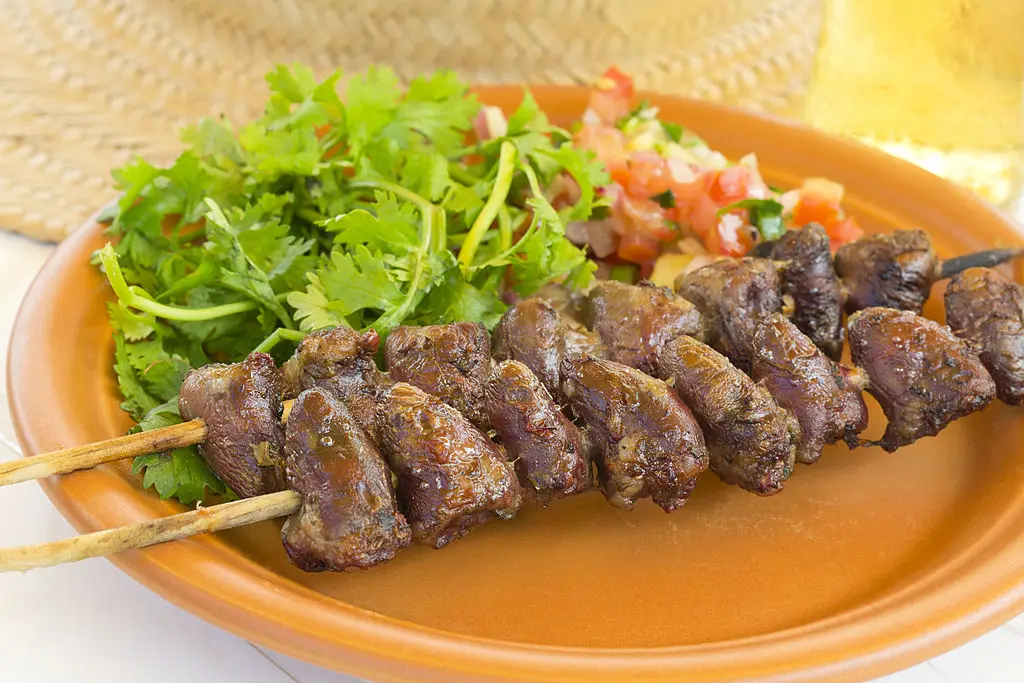
Chicken hearts, while not a staple on every U.S. dinner table, are brimming with nutrients that support cardiovascular well-being. One cup offers about 351 milligrams of cholesterol—yes, it’s high, but their impressive levels of protein, vitamin B12, zinc, and CoQ10 can be heart-healthy when included judiciously. The key is moderation and mindful preparation. Sauté with onions and spices, or simmer gently in broths. Adventurous eaters will appreciate the depth of flavor and nutrient-density that offal like chicken hearts brings. Embracing these foods honors global food traditions and can turn ordinary meals into powerful acts of self-care.
10. Lamb: Classic, Nutrient-Packed Red Meat

Lamb has long been cast as a cholesterol culprit, but not all red meat fits the same mold. A 3-ounce serving of grass-fed lamb has about 78 milligrams of cholesterol, and provides generous amounts of protein, zinc, iron, and B-vitamins—nutrients essential for healthy aging. Grass-fed lamb, in particular, is richer in omega-3 fatty acids and has a better fat profile than conventionally raised types. The best approach? Roast or grill lamb alongside piles of vegetables for a balanced, Mediterranean-style meal. When enjoyed as part of a diverse weekly menu, lamb offers flavor, satisfaction, and key nutrients—no shame required.
11. Duck Eggs: Special-Occasion Treats

Duck eggs, prized by bakers and adventurous cooks, offer a richer, creamier alternative to chicken eggs. Each contains about 619 milligrams of cholesterol—a surprisingly high number. However, research suggests for most healthy people, incorporating duck eggs occasionally will not raise heart disease risk. Duck eggs provide more protein and healthy fats, and their higher nutrient density makes them a nutritious treat. They can raise baked goods to new heights or be scrambled for a luxurious brunch. The point is balance: Enjoy duck eggs as you would other rich foods—a special addition, not a daily staple.
12. Squid (Calamari): Mediterranean Favorite

Squid, or calamari, is beloved in Mediterranean diets—which are often lauded for heart health. A three-ounce cooked portion brings about 198 milligrams of cholesterol, but it's low in saturated fat, high in protein, and rich in copper, selenium, and vitamin B12. Fried calamari tends to overshadow the dish’s health benefits, but grilled or sautéed squid is a very different story. Including squid in your diet can boost nutrition with trace minerals and healthy fats, while keeping saturated fat low. Try adding squid to salads or stir-fries for a taste adventure that travels far beyond cholesterol counts.
13. Cottage Cheese: Light, Protein-Rich Dairy
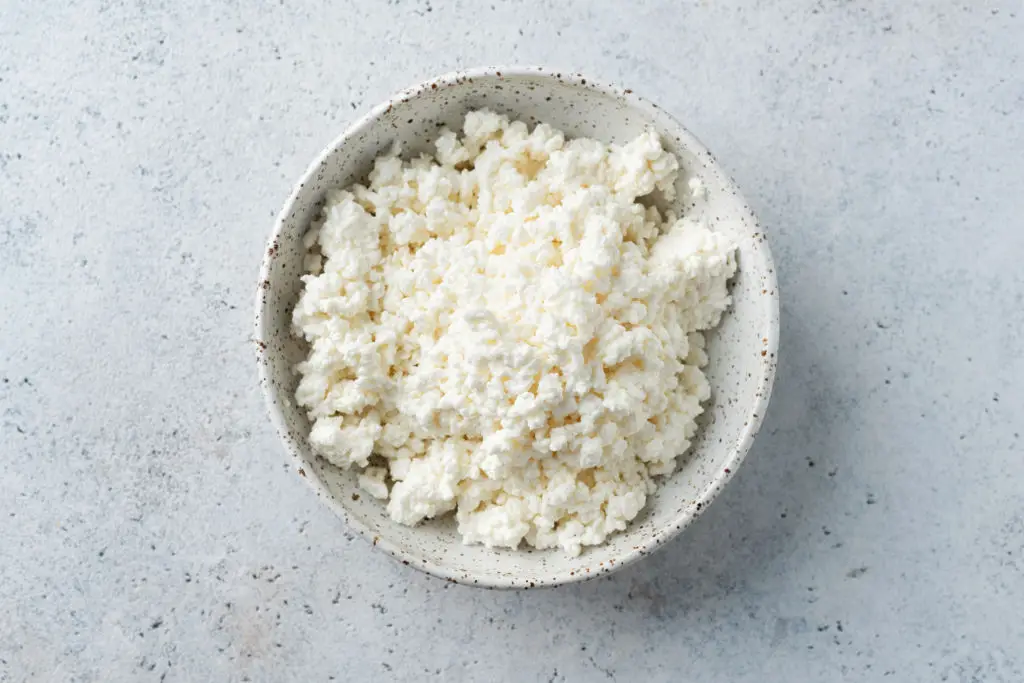
Cottage cheese is an old favorite that packs a nutritious punch. One cup delivers about 25 milligrams of cholesterol, alongside protein, calcium, and gut-healthy probiotics—especially in the full-fat, minimally processed versions. Despite its lower fat and cholesterol compared to aged cheeses, cottage cheese delivers satisfaction and texture that’s hard to beat. Dietitians now suggest including full-fat varieties in moderation, paired with fruit or nuts for a well-balanced snack or breakfast. Its gentle flavor adapts to savory and sweet toppings alike, making cottage cheese a versatile staple for all ages.
14. Mackerel: Omega-3 Superstar

Mackerel is a superstar among oily fish. With about 60 milligrams of cholesterol in a 3-ounce portion, mackerel over-delivers on beneficial omega-3 fats, vitamin D, and complete protein. Research consistently shows that including fatty fish like mackerel in the diet lowers triglycerides and LDL cholesterol, while supporting brain function and heart rhythm stability. Enjoy mackerel grilled with a sprinkle of herbs, mixed in salads, or paired with whole-grain crackers for a simple lunch. The robust flavor and dense nutrition provide a memorable, satisfying experience—more than earning its spot on your menu.
15. Beef Kidney: Hidden Gem of Nutrition
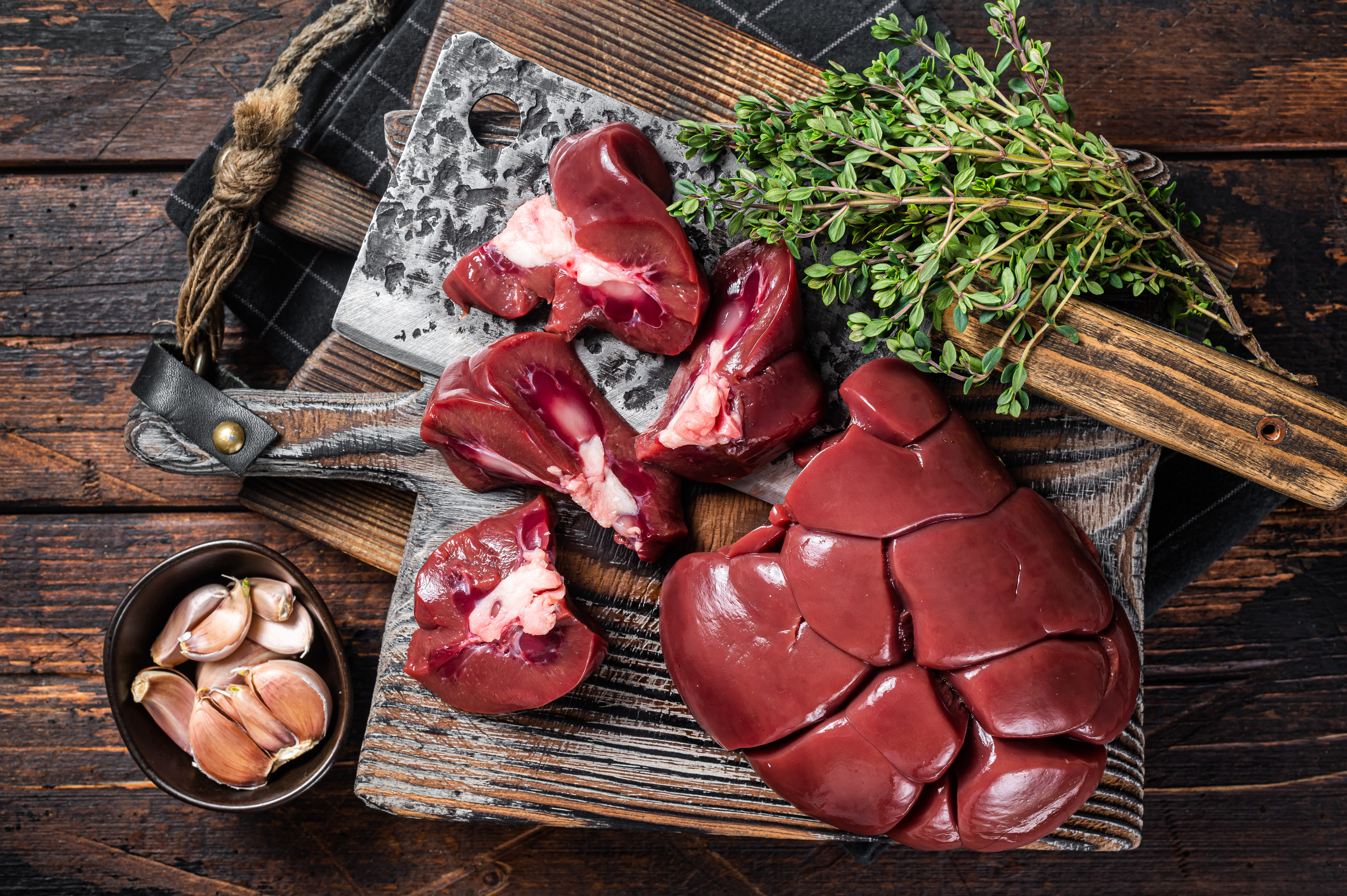
Beef kidney may not be a weeknight regular, but it’s one of the most nutrient-dense high-cholesterol foods available. A three-ounce portion supplies about 375 milligrams of cholesterol, but is an outstanding source of vitamin B12, iron, and selenium. These nutrients are often challenging to get in sufficient amounts, particularly for those seeking more energy or better blood health. The unique taste and texture of beef kidney shine in classic preparations like braising with onions. Enjoy sparingly—as a once-in-a-while treat that brings variety, satisfaction, and a powerful hit of micronutrients to your table. Sometimes, the most misunderstood foods are actually the most rewarding.
16. Veal Kidney: CoQ10 and Energy Metabolism

Veal kidney, similar to other organ meats but often with a milder flavor, is a concentrated source of dietary cholesterol (around 375 mg per 3-ounce serving). However, its real value lies in its exceptional levels of Coenzyme Q10 (CoQ10) and Riboflavin (B2). CoQ10 is a powerful antioxidant essential for cellular energy production (mitochondrial function) in the heart and brain. Including a small, occasional portion of veal kidney boosts these vital cofactors, supporting energy metabolism and cardiovascular resilience, far outweighing the common concern about its cholesterol content. Enjoy it braised in a flavorful sauce.
17. Pastured Ghee (Clarified Butter): Butyrate and Conjugated Linoleic Acid (CLA)
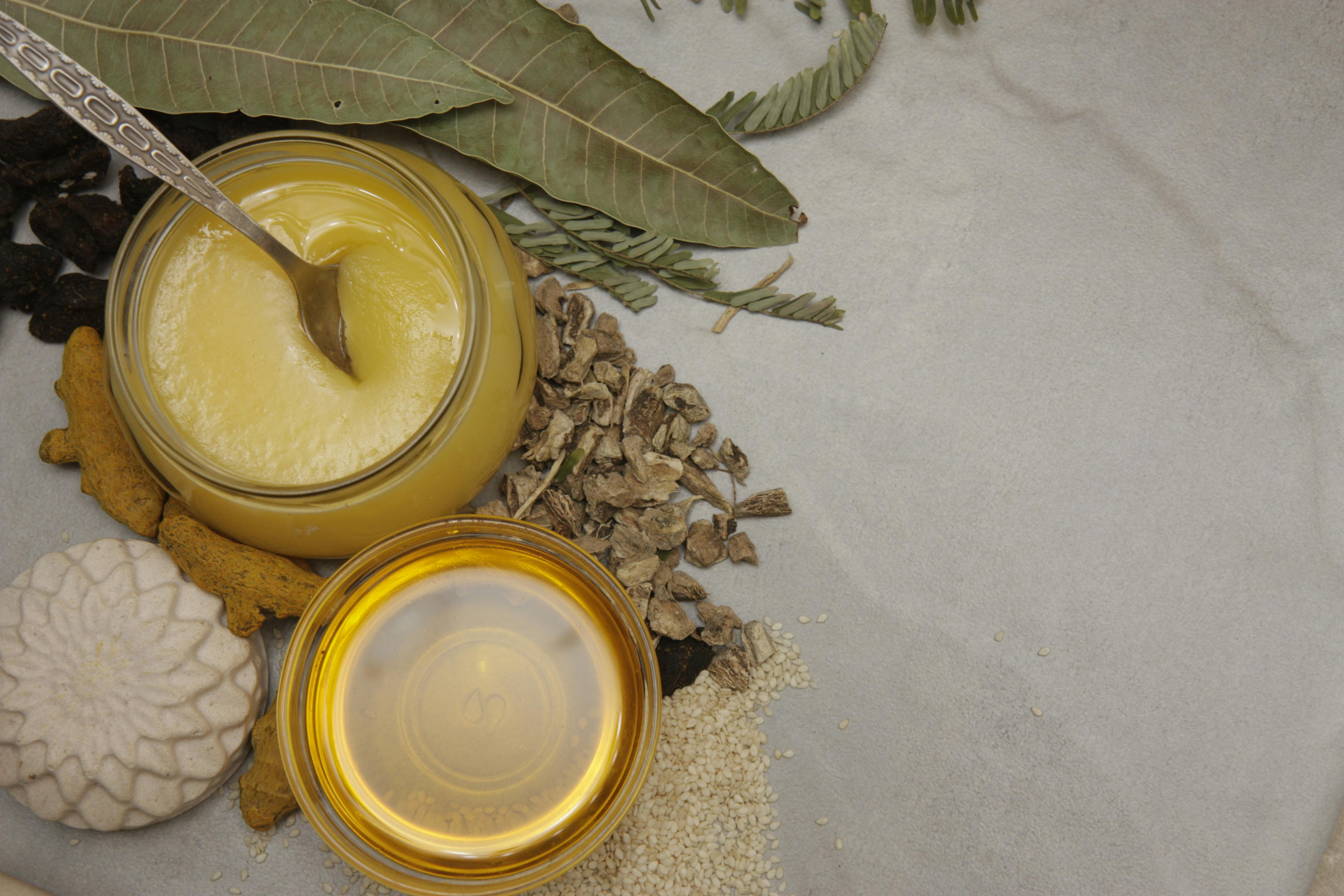
Ghee, or clarified butter, contains about 30 mg of cholesterol per tablespoon, but pastured ghee offers unique protective compounds. It is a rich source of Butyrate (a short-chain fatty acid that heals the gut lining) and Conjugated Linoleic Acid (CLA), a beneficial fatty acid linked to reduced inflammation and improved metabolic health. While it is saturated fat, traditional and new nutritional science suggests whole, natural fats like ghee support healthy cell membranes and do not promote the inflammatory response associated with processed fats. Use it mindfully in cooking for its flavor and functional benefits.
18. Prawns: Astaxanthin and Trace Minerals
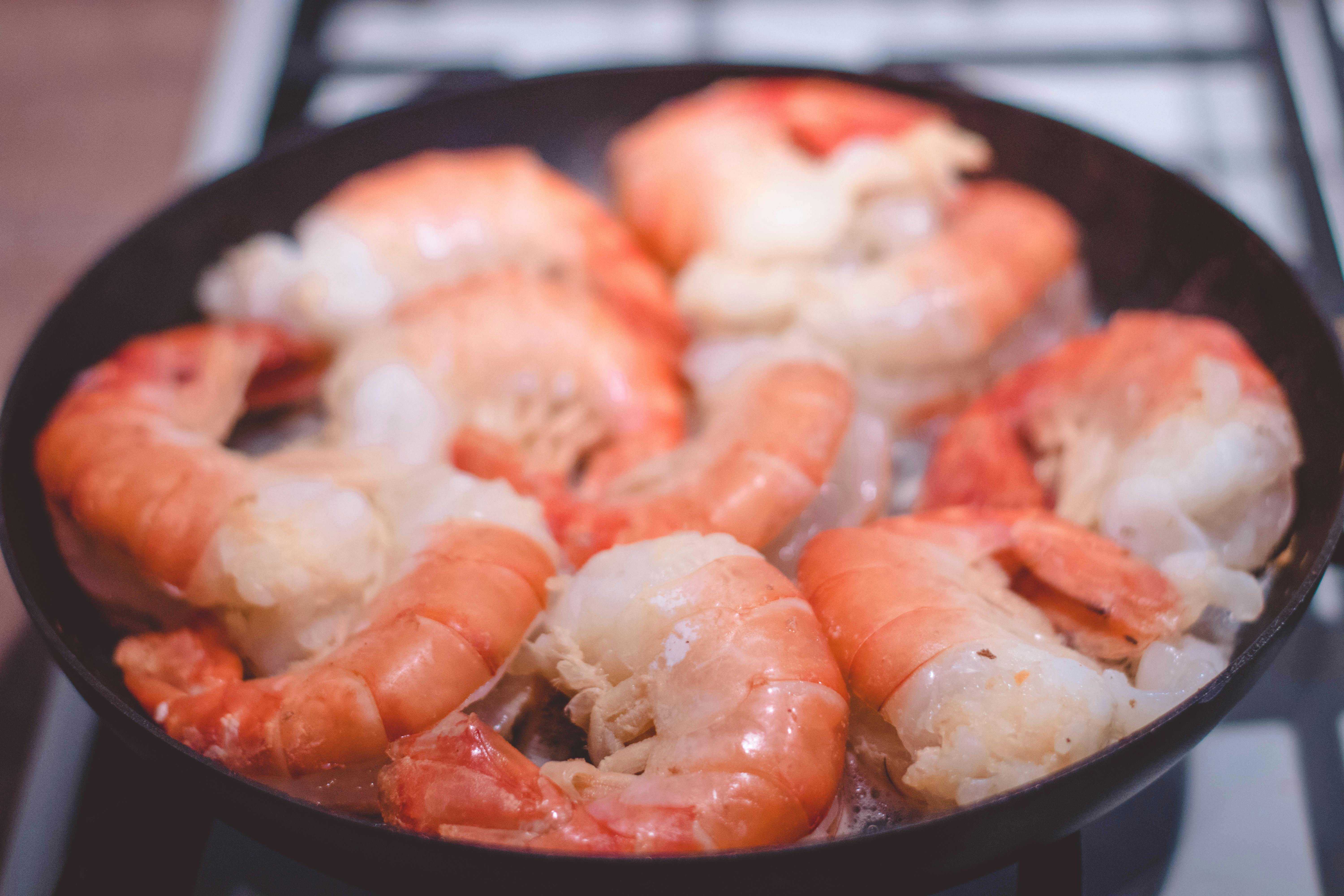
Prawns, a large cousin of shrimp, also carry a high cholesterol tag (around 170 mg per 3-ounce serving) but are exceptionally rich in Astaxanthin. This powerful pink-red carotenoid is an antioxidant with strong anti-inflammatory properties, offering significant protection against the oxidation of LDL cholesterol—the exact process that makes it dangerous and plaque-forming. Prawns are also an excellent source of trace minerals like zinc and selenium. Consuming them grilled or steamed provides concentrated lean protein and this potent antioxidant defense, supporting the healthy structure and function of your arteries.
19. Cod Roe (Tarama): Vitamin D and Cell Membrane Integrity

Cod roe (fish eggs) is a highly concentrated source of cholesterol (over 200 mg per ounce), yet it is a nutritional powerhouse popular in Nordic and Mediterranean diets. It is packed with easily absorbed Vitamin D, essential for immune function and bone health, and Choline, vital for neurotransmitter production and cell membrane integrity. The roe's fats are overwhelmingly beneficial, consisting of highly bioavailable omega-3 fatty acids. Enjoyed sparingly on crackers or toast, cod roe delivers a dense, potent dose of micronutrients that actively contribute to long-term health and cellular resilience.
20. Goat Cheese (Aged, Full-Fat): Medium-Chain Triglycerides (MCTs)

Aged, full-fat goat cheese (chevre) is a high-cholesterol dairy option (around 30 mg per ounce) that is often better tolerated than cow's milk cheese. Its unique advantage lies in its different fatty acid profile, including a higher proportion of medium-chain triglycerides (MCTs). Unlike long-chain fats, MCTs are metabolized quickly for energy and are less likely to be stored as body fat. Goat cheese also provides protein and calcium in a naturally anti-inflammatory matrix. Savoring a small serving with greens or whole-grain crackers adds flavor and structural nutrients without the traditional concerns of excessive dairy
Embracing a Balanced Approach to Cholesterol
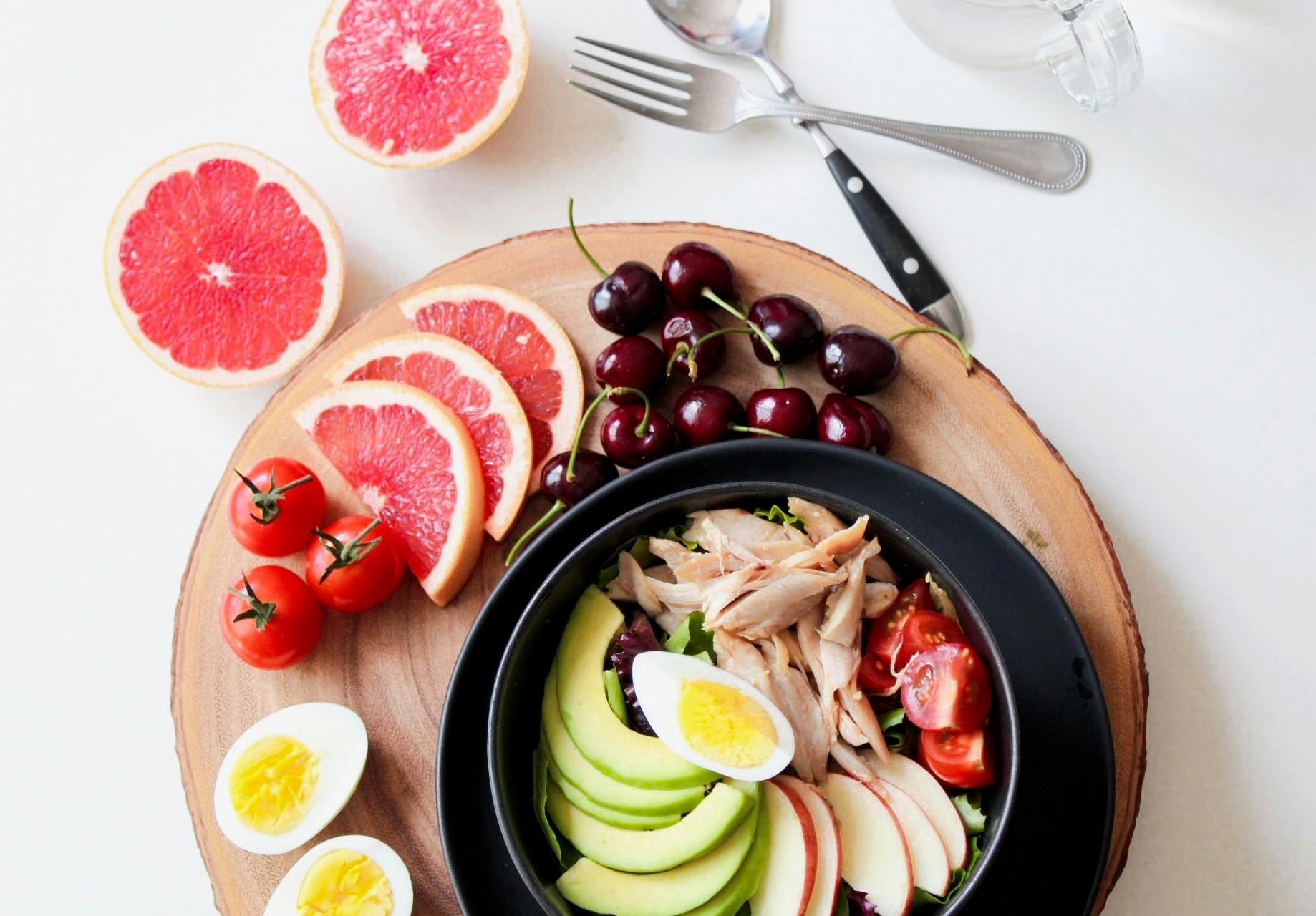
Letting go of long-held fears about cholesterol-rich foods can feel both freeing and a bit unsettling. But as we learn more about how the body uses cholesterol, and how balanced diets nourish us in countless ways, a more generous approach to nutrition emerges. Many foods that once felt off-limits—eggs, shrimp, liver, and more—are now understood as nutrient-dense, satisfying, and, when enjoyed mindfully, supportive to heart and whole-body health. The real takeaway? It’s not about labeling foods “good” or “bad,” but about building a relationship with eating that’s rooted in knowledge, pleasure, and self-respect. By making room for these misunderstood high-cholesterol foods, you’re opening the door to variety, tradition, and a richer, more joyful experience of food. Listen to your body, check in with your healthcare team, and trust that making peace with your plate is a form of self-care that supports your wellness at every age. Here’s to a future where delicious and wholesome no longer feel like opposites, but dear friends at the very same table.
